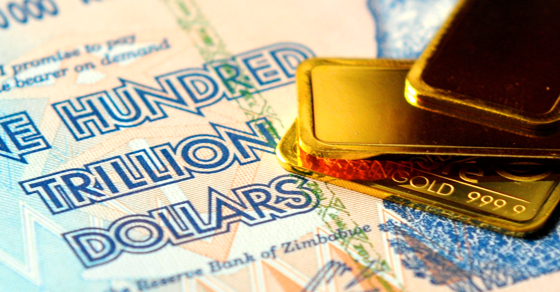
In “What Happened to the Gold Standard?” we wrote:
The U.S. dollar was first regulated by the Coinage Act of 1792 and prescribed as 371.25 grains of pure silver. The eagle, worth $10, was 247.5 grains of gold. One cent, worth a hundredth of a dollar, was 24 grains of copper.
The value of the metal contained in the currency kept prices relatively constant before the founding of the Federal Reserve. During those 120 years, prices rose only 3%. In contrast, during the 100 years since the Federal Reserve, prices have risen 2,380%.
Here is information about inflation from DaveManuel.com which uses data provided by Oregon State University.
$10,000 of 1792 dollars would be worth: $243,902.44 in 2013. $10,000 of 2013 dollars would be worth $410.00 in 1792.
$10,000 of 1913 dollars would be worth: $238,095.24 in 2013. $10,000 of 2013 dollars would be worth $420.00 in 1913.
The math then is $243,902.44 / $238,095.24 = 1.0244 or a 2.44% rise in prices between 1792 and 1913.
Using the same methodology between 1913 and 2013:
$10,000 of 1913 dollars would be worth: $238,095.24 in 2013. $10,000 of 2013 dollars would be worth $420.00 in 1913.
$10,000 of 2013 dollars would be worth: $10,000.00 in 2013. $10,000 of 2013 dollars would be worth $10,000.00 in 2013.
The math is $238,095.24 / $10.000 = 23.809524 or a 2,280% rise in prices between 1913 and 2013.
Of all the investing risks we face, inflation is the risk most commonly overlooked and most certainly experienced.
Photo by Paul used here under Flickr Creative Commons.